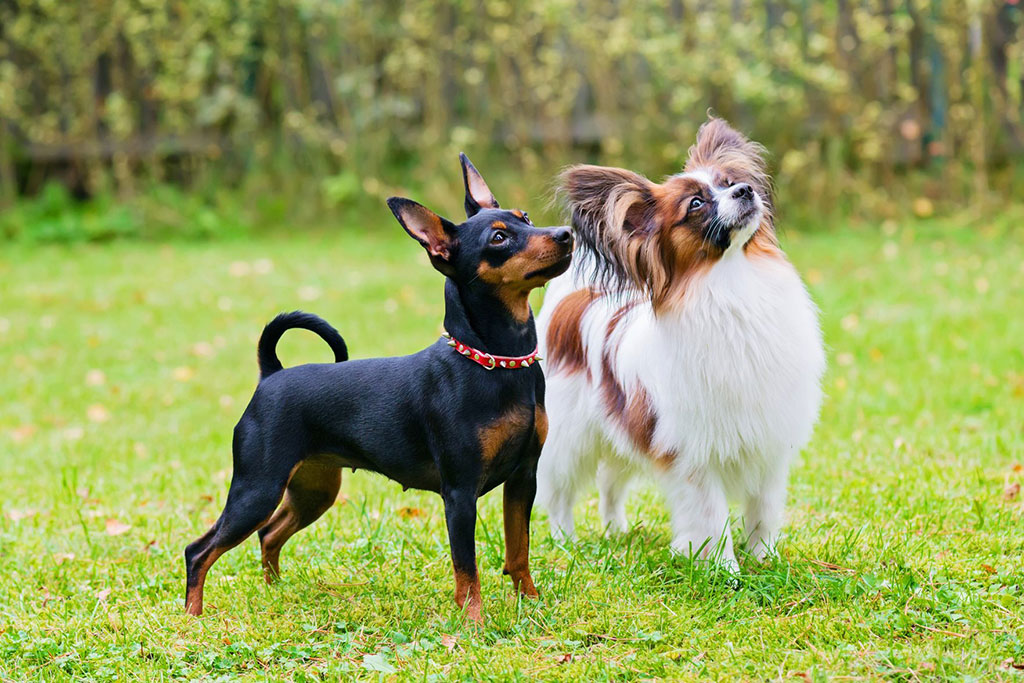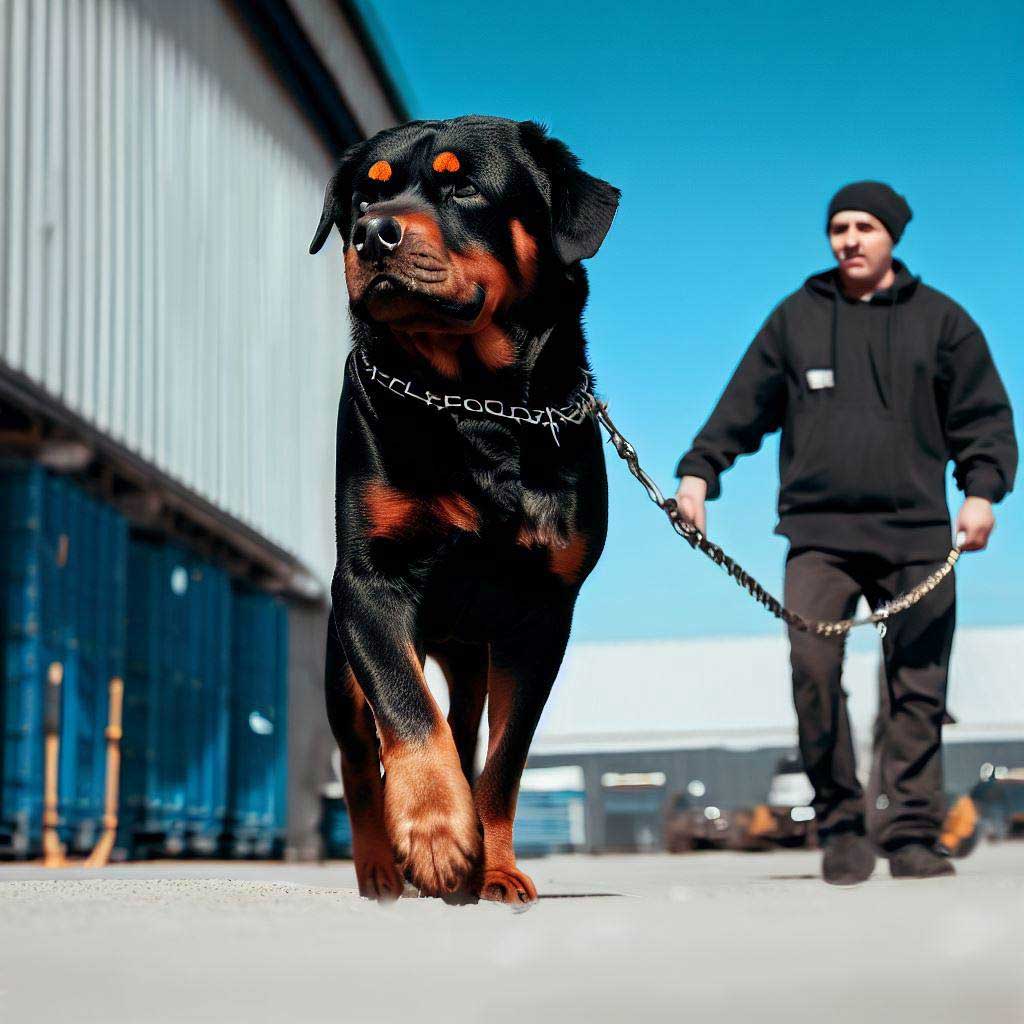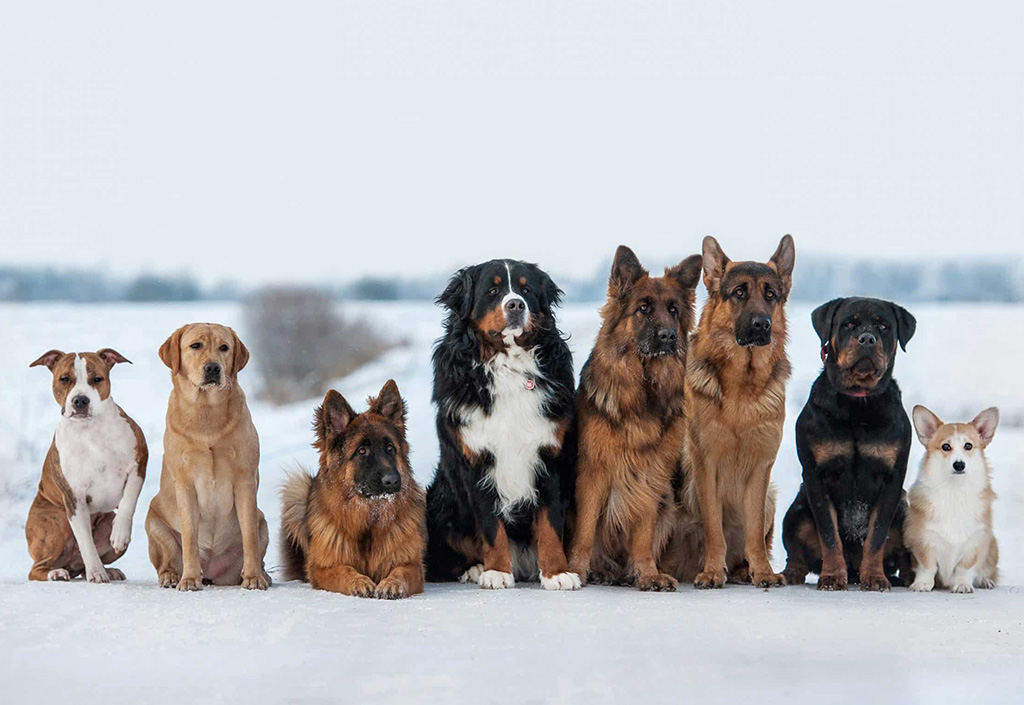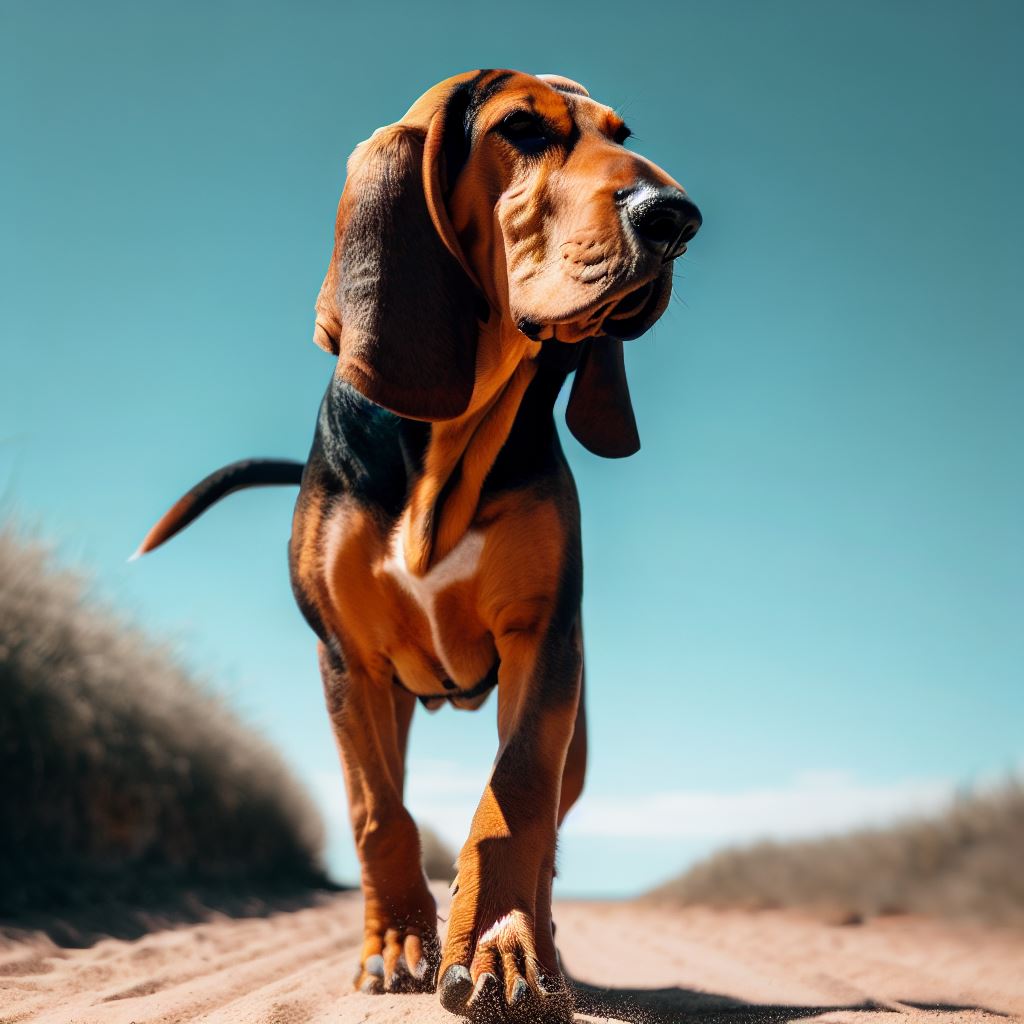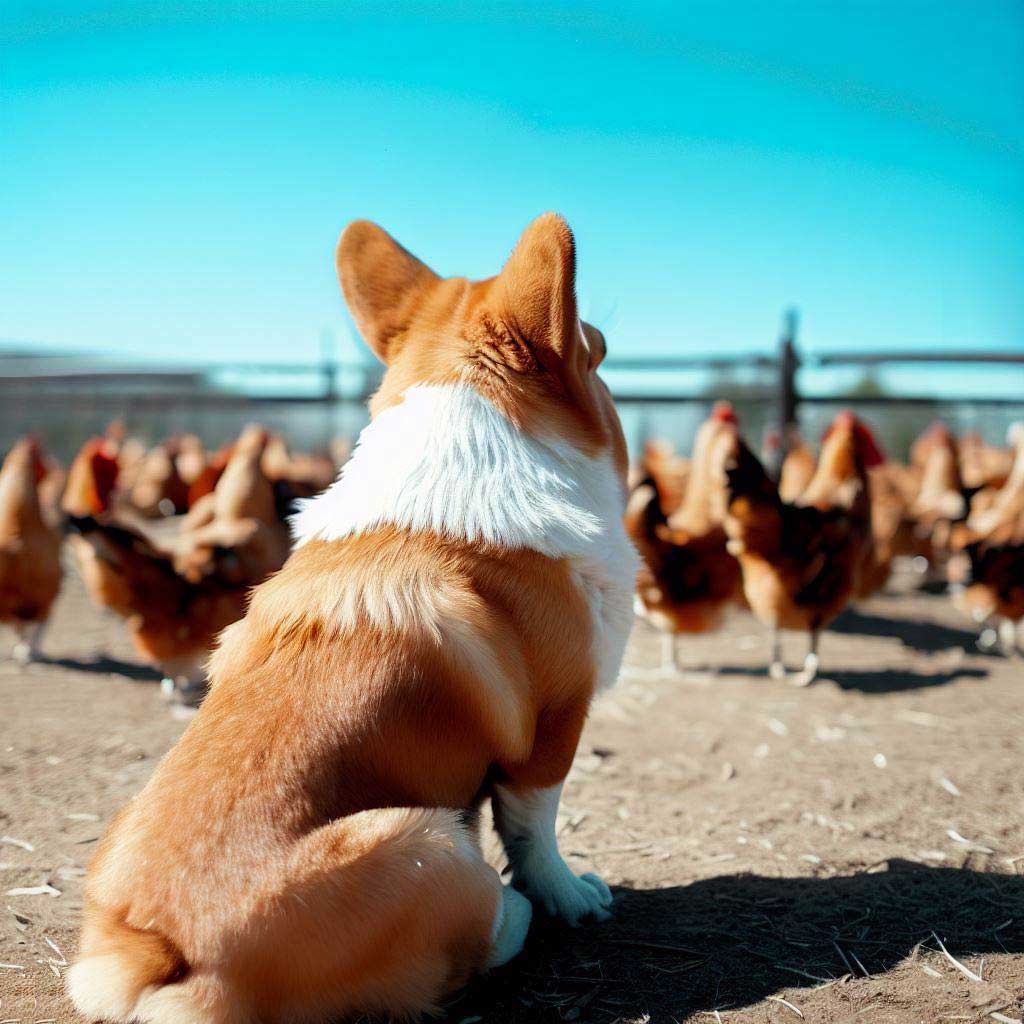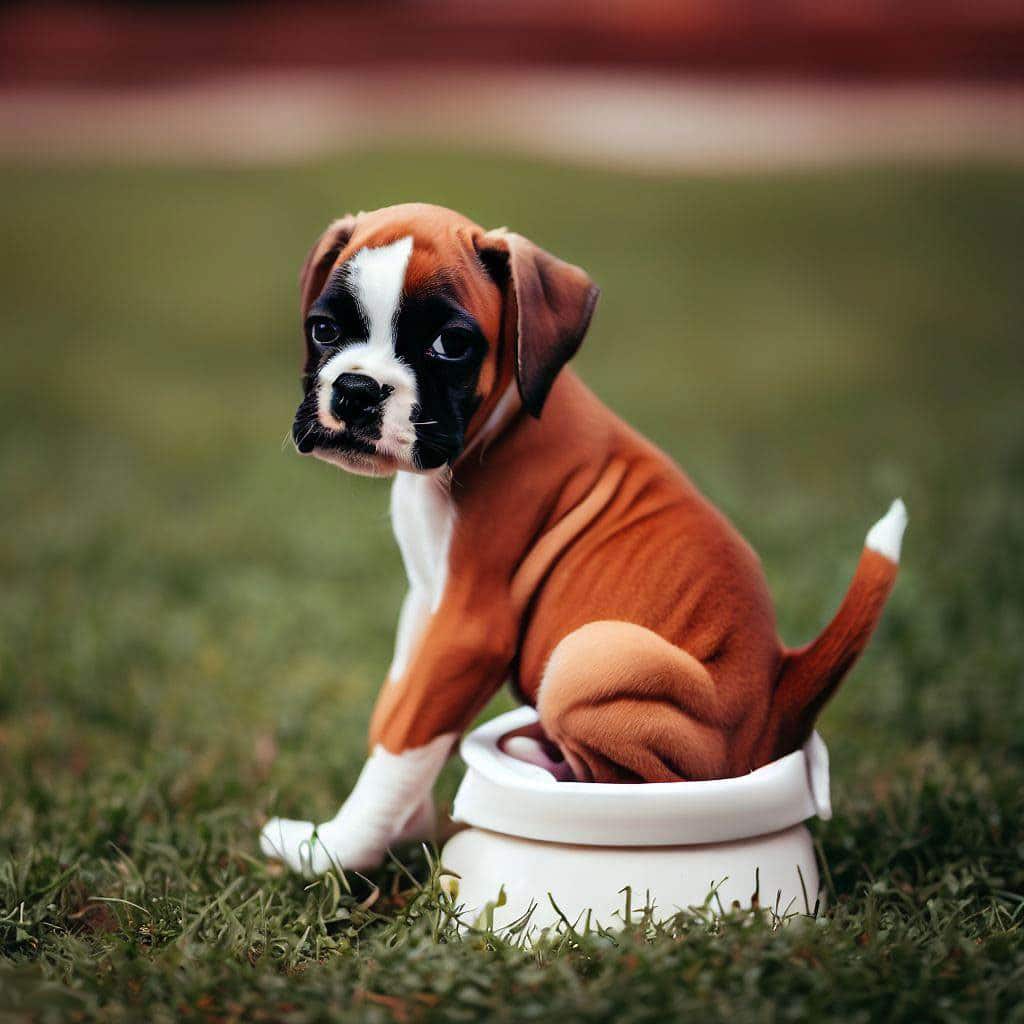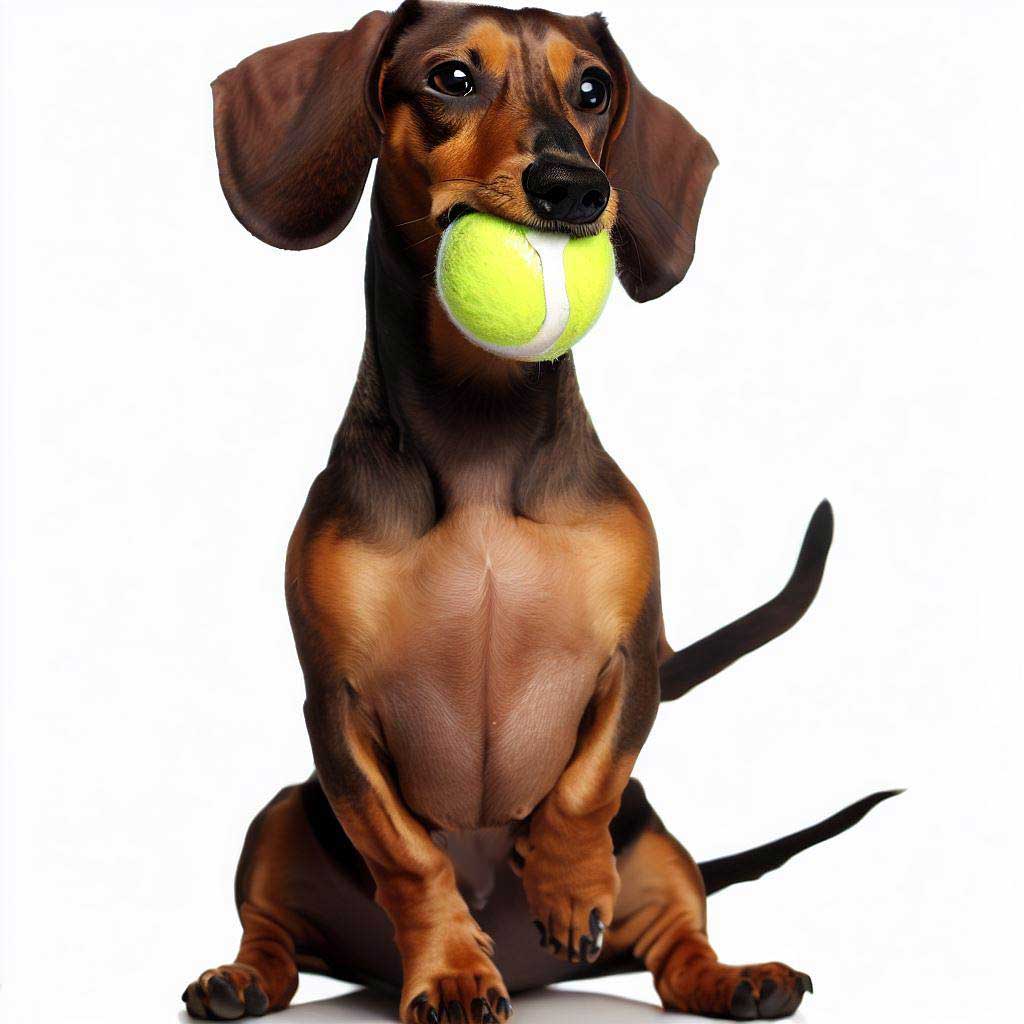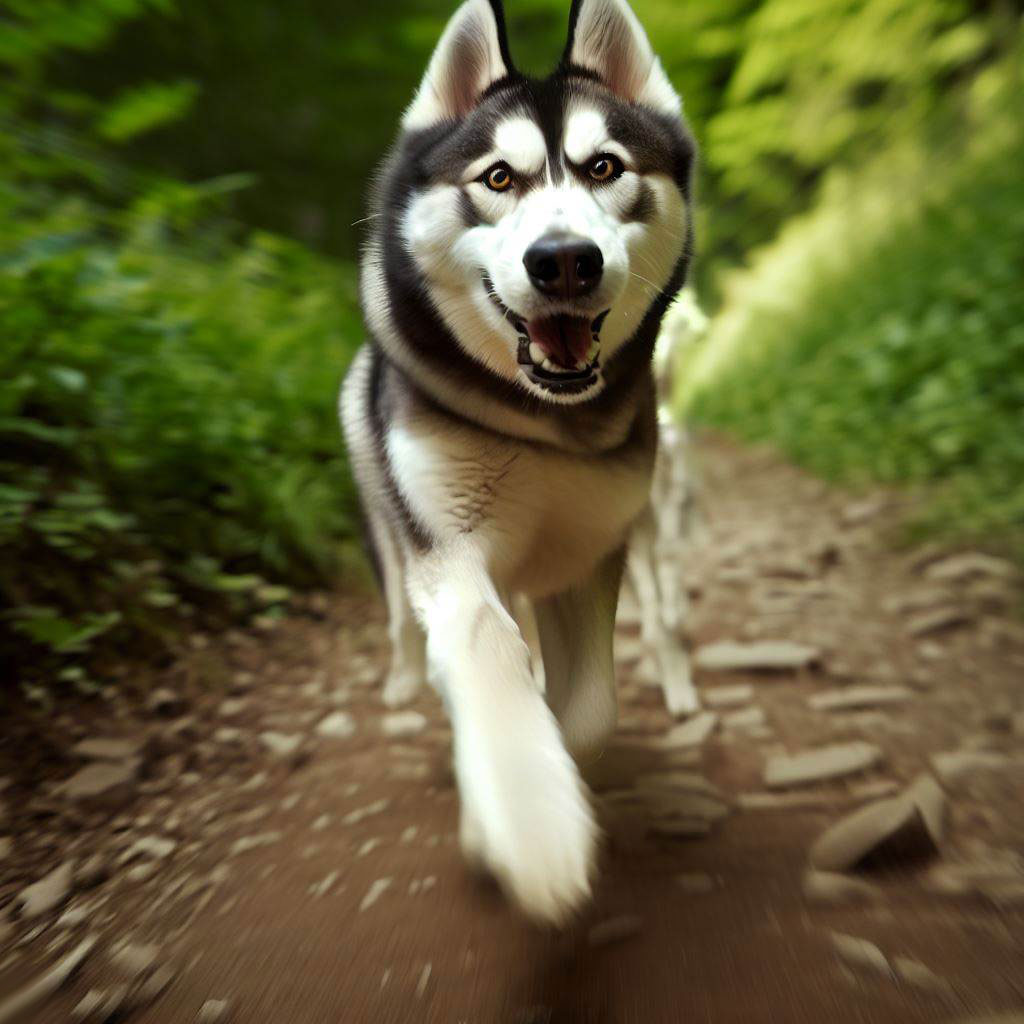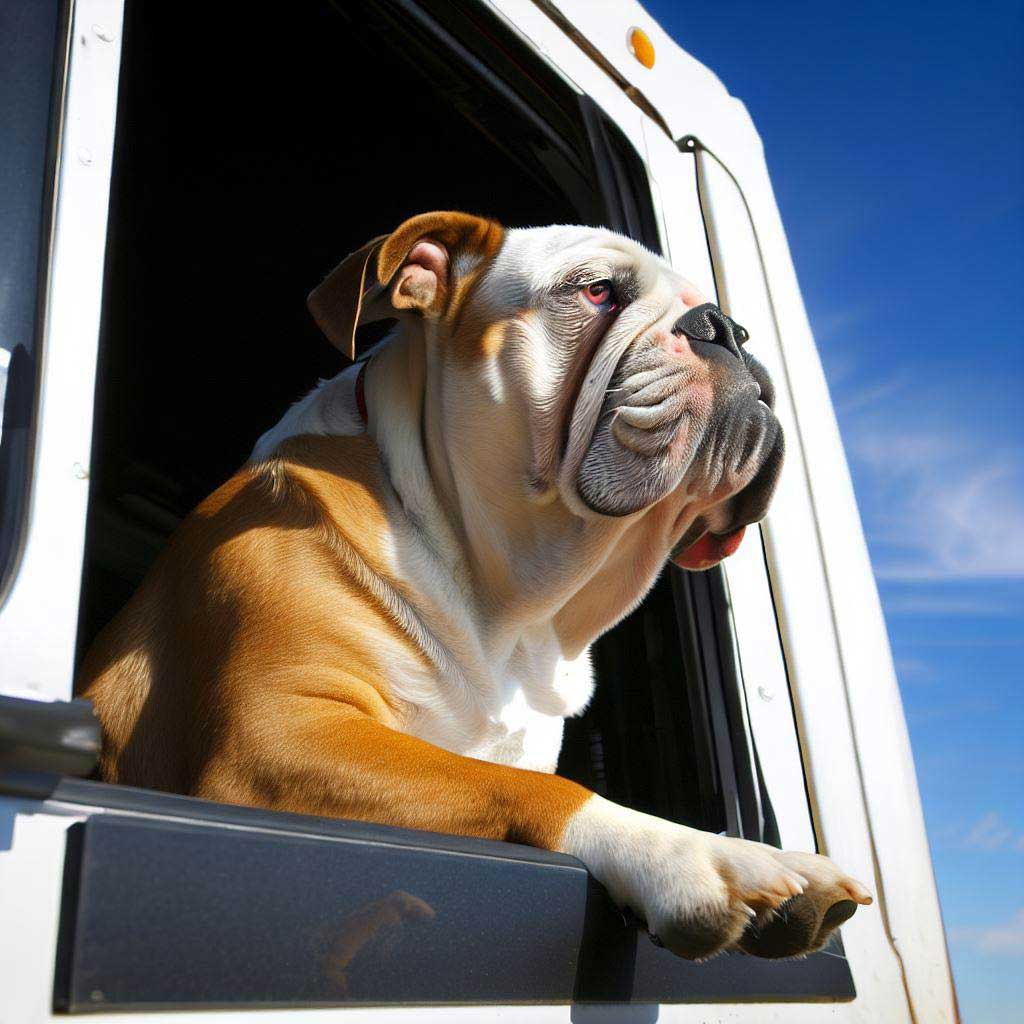What Are The Different Types of Dog Breeds?
Different Types of Dog Breeds: Find Your Perfect Dog Breed. Guide to sizes, traits, and training – Uncover The Best Breed For You.
Table of Contents
We have been blessed with the chance to interact with various breeds of dogs and understand their unique quirks and personality traits.
In this article, we will guide you through the fascinating world of different types of dog breeds, their strengths and weaknesses, temperaments, and even the maintenance and initial costs associated with them.
So whether you’re a single individual, a family with kids, or in your twilight years looking for a loyal companion, this guide is crafted just for you!
Exploring the Diversity in Different Types of Dog Breeds
The vast universe of dogs teems with a stunning array of colors, temperaments, and abilities. As we unravel this intricate tapestry of breeds, they categorize neatly into distinct groups. Each echoes their ancestral roles, innate characteristics, and defining temperaments. Unlocking insights into these categories not only deepens our understanding but also illuminates the path to discovering your perfect four-legged companion.
Sporting Group:
Greeting you first are the ebullient Sporting dogs. Embodied with unmatched enthusiasm, breeds like the Labrador Retriever and Cocker Spaniel proudly stand as flag bearers. Their origin traces back to game hunting, forging an uncanny ability to harmonize with humans. Their eager-to-learn nature and keen senses often astound even seasoned dog aficionados.
Herding Group:
Venture next into the dynamic world of Herding breeds. Here, luminaries such as the Border Collie and German Shepherd command respect. Crafted by history to manage livestock, they blend unmatched intellect with spirited energy. Frequently clinching top honors at obedience trials, they epitomize canine brilliance.
Working Group:
The stalwarts of the Working group beckon you next. Featuring the muscular Boxer and the compassionate Saint Bernard, this group encapsulates versatility. Tasked historically with roles as diverse as guarding territories, hauling hefty sleds, and executing water rescues, they intertwine raw strength with keen intelligence. However, their magnanimous personas may prove challenging for fledgling dog parents.
Terrier Group:
Step into the vivacious world of Terriers. With roots in vermin hunting, exemplars like the Airedale Terrier and Bull Terrier shine. While often compact, they pulsate with unbridled zeal, demanding owners with a zest for life to match their own.
Toy Group:
The diminutive yet enchanting Toy breeds await your discovery. Wonders like the Shih Tzus and Pomeranians personify this category. Born for companionship, they frequently defy their petite frames, captivating with audacious spirits and often surprising with audacious personalities.
Non-Sporting Group:
Embark on an exploration of the diverse Non-Sporting domain. Breeds spanning from the iconic spotted Dalmatian to the regal Bulldog ensure a rich variety. Each breed offers a unique tapestry of sizes, fur types, personalities, and histories.
Hound Group:
Finally, immerse in the sensory-rich realm of the Hound breeds. Led by the likes of Basset Hounds and Greyhounds, this group celebrates hunters, skilled in tracking by both sight and scent. Their unparalleled instincts, coupled with a keen olfactory prowess, position them as nature’s master trackers.
Within this vast canine landscape, a breed beckons to every personality and lifestyle. Grasping the nuances of these breed attributes promises an unerring match. A perfect dog doesn’t just complement your living style but resonates with your energy, ambitions, and deepest desires.
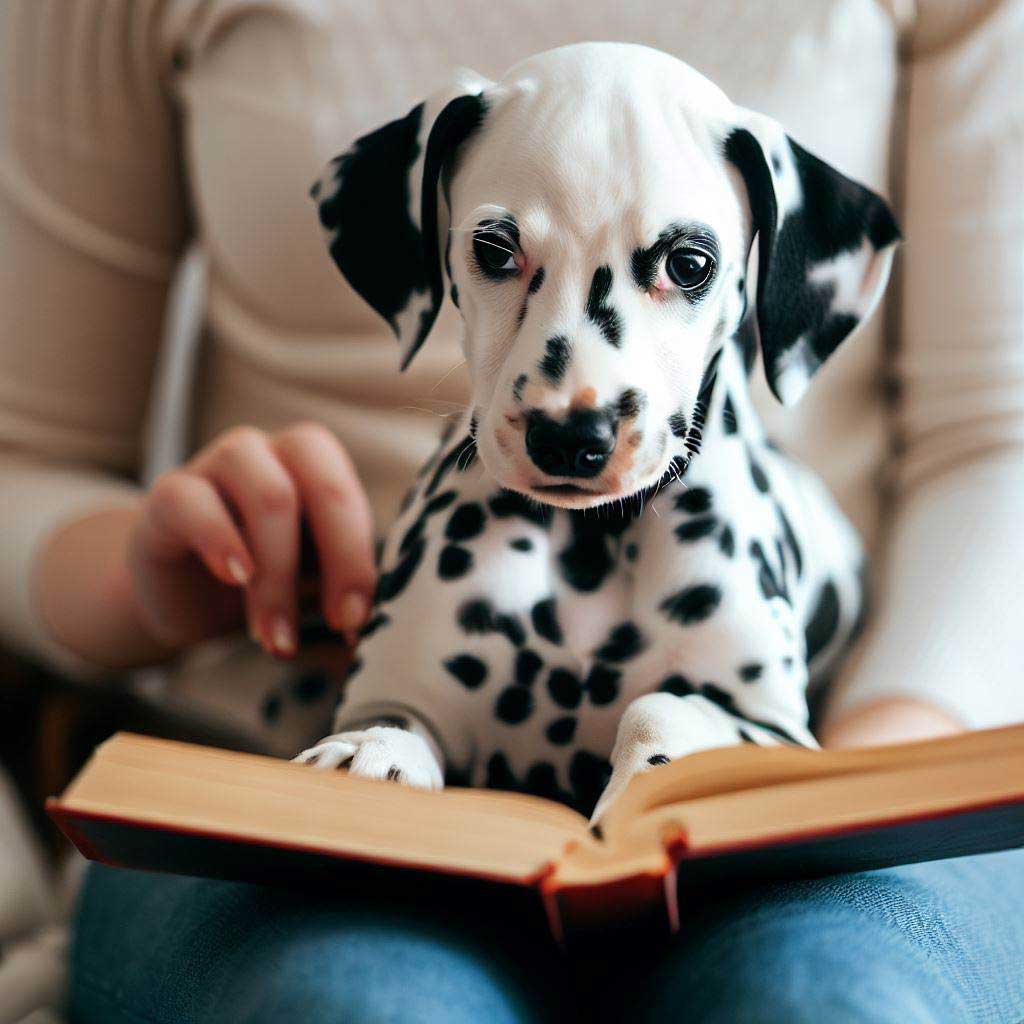
Size Matters: Understanding the Different Sizes in Dog Breeds
When exploring different types of dog breeds, one of the first aspects many potential pet owners consider is size. Dog breeds come in all shapes and sizes, each with its own unique charm, characteristics, and care requirements.
The size of a dog breed can often provide valuable clues about its energy levels, living space requirements, and overall health.
Small Dog Breeds
Compact, yet full of personality, small dog breeds are perfect for those living in apartments or houses with limited space. These breeds typically weigh less than 22 pounds (10kg) and stand no taller than 16 inches (40cm).
Breeds like the Dachshund, French Bulldog, and Shih Tzu are known for their portable size and high energy levels. Despite their diminutive stature, small breeds are often fearless and filled with personality.
The maintenance for these types of dog breeds can vary significantly from one to the next. Some will require extensive grooming, while others are relatively low-maintenance.
Medium Dog Breeds
Medium dog breeds offer a great balance of size, energy, and manageability, making them popular choices for families. Falling in between small and large dogs, these breeds typically weigh between 23-57 pounds (10kg – 26kg).
Breeds like the Border Collie and English Springer Spaniel fall into this category. They’re large enough for rough and tumble play but small enough to fit comfortably in most living situations.
When exploring different types of medium dog breeds, you’ll find a broad range of temperaments and activity levels to suit various lifestyles.
Large Dog Breeds
Large dog breeds are often known for their calm demeanor, strength, and loyalty. They typically weigh over 57 pounds (26kg+), with some breeds like the Great Dane and Saint Bernard significantly surpassing this weight.
Large dogs, despite their size, often consider themselves lap dogs and love nothing more than spending time with their human family.
However, potential owners should be aware that these types of dog breeds often require more space to move around comfortably. In addition will also have higher food and healthcare costs due to their size.
By understanding the sizes and characteristics of different types of dog breeds, you can ensure you choose a breed that fits seamlessly into your lifestyle and home. This will make your journey into pet ownership much more enjoyable and fulfilling.
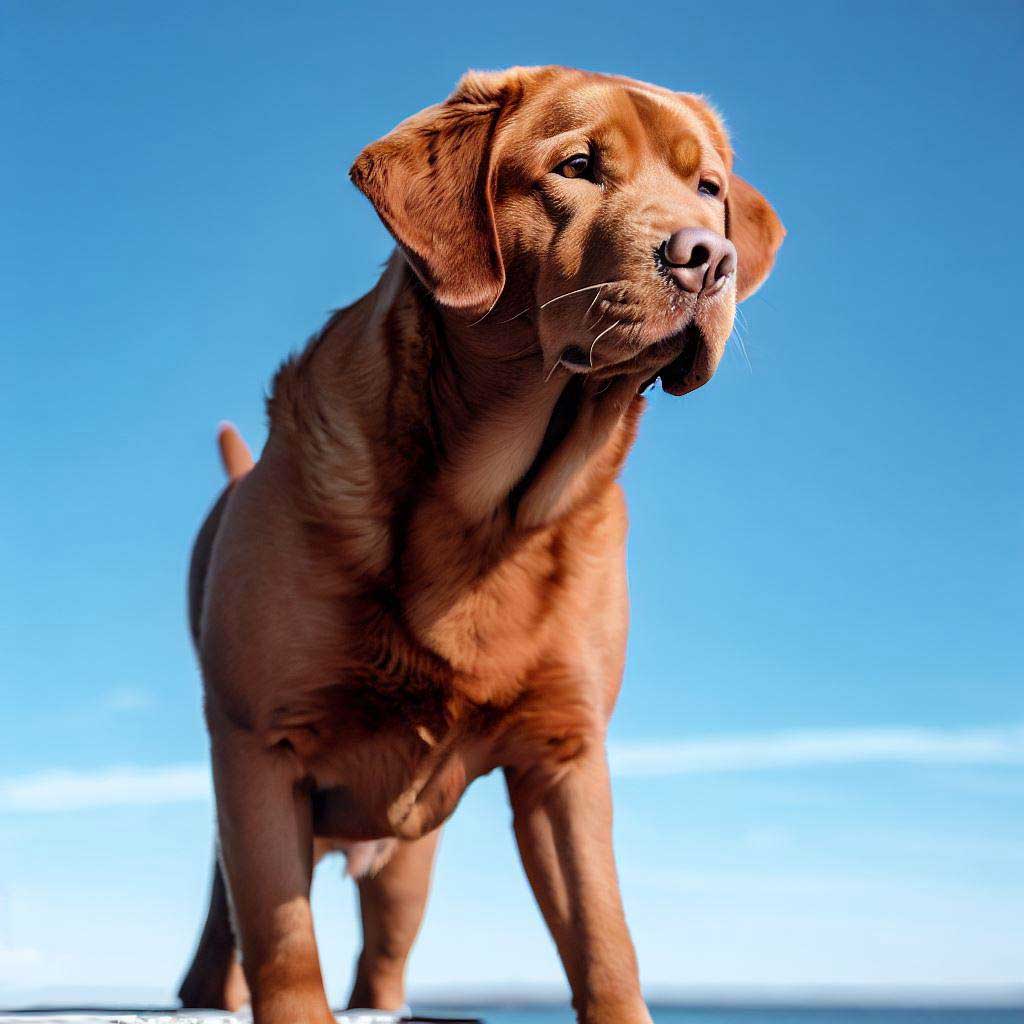
Short Hair vs. Long Hair Dogs
When exploring the world of different types of dog breeds, it’s crucial to consider the variety in their coat lengths. Both short and long-haired breeds have their unique sets of pros and cons that could influence your choice depending on your lifestyle and grooming commitment.
Short Hair Dog Breeds
Short hair dog breeds like Beagles, Boxers, and Dalmatians are known for their sleek coats and minimal grooming needs. Their low-maintenance hair does not mat or tangle, saving you a lot of time and money on grooming appointments, and more importantly, not having to vacuum dog hairs off your floors and furniture every day.
Pros of Short Hair Breeds:
- Minimal Grooming: Short hair breeds require less grooming, making them suitable for busy lifestyles.
- Less Heat Retention: Short-haired dogs are often more comfortable in warmer climates, as they retain less heat.
- Lower Grooming Costs: Since they require fewer grooming appointments, they can be less expensive to maintain.
- Fewer Allergens: Short hair can hold fewer allergens, beneficial for those with allergies.
- Visibility of Skin Issues: Skin issues are generally more visible and can be detected earlier.
- Less Odor: Short hair breeds often have less odor due to the fewer oils trapped in their coats.
- Easier Tick and Flea Detection: It’s easier to spot and treat parasites on short-haired breeds.
Cons of Short Hair Breeds:
- Frequent Shedding: Short hair breeds often shed regularly, meaning more clean-up.
- Sensitive to Cold: They are more susceptible to cold weather and might need protective clothing.
- Visible Shedding: Short hair can be more visible on furniture and clothing.
- Skin Exposure: They are more exposed to sunburn and skin injuries.
- Less Insulation: Short hair provides less insulation against the cold.
- Lower Hypoallergenic Potential: Short hair breeds are not typically hypoallergenic.
- Frequent Bathing: They may require more frequent bathing to keep their skin clean.
Long Hair Dog Breeds
Long-haired breeds such as the Afghan Hound, Maltese, and Shih Tzu boast luxurious coats that require regular grooming to maintain their sheen and prevent matting.
Pros of Long Hair Breeds:
- Aesthetically Pleasing: Long-haired breeds often have luxurious, beautiful coats.
- Cold Resistance: They are generally more resistant to cold weather.
- Lower Frequency of Bathing: Less frequent baths are needed due to natural oils in their coat.
- Less Visible Shedding: Long hair doesn’t show as much on furniture and clothing.
- Potential Hypoallergenic Properties: Some long-haired breeds are hypoallergenic.
- Protection: Long hair can provide protection against sunburn and minor skin injuries.
- Less Frequent Shedding: Many long-haired breeds shed less frequently.
Cons of Long Hair Breeds:
- Regular Grooming: Long-haired breeds require frequent grooming to prevent matting and tangling.
- Potential for Overheating: These breeds may struggle in hot weather due to their dense coats.
- High Maintenance Costs: Frequent grooming appointments can be costly.
- More Allergens: Long hair can trap more allergens.
- Difficulty Spotting Parasites: Ticks and fleas may be harder to spot in long-haired breeds.
- Potential Odor: Longer hair can trap odors.
- Possibility of Matting: Long hair can mat if not regularly groomed.
Choosing between different types of dog breeds, with short or long hair, essentially depends on your personal preference, time commitment, and lifestyle. Whether you opt for a low-maintenance short-haired breed or a glamorous long-haired one, the bond you form will undoubtedly be special and rewarding.
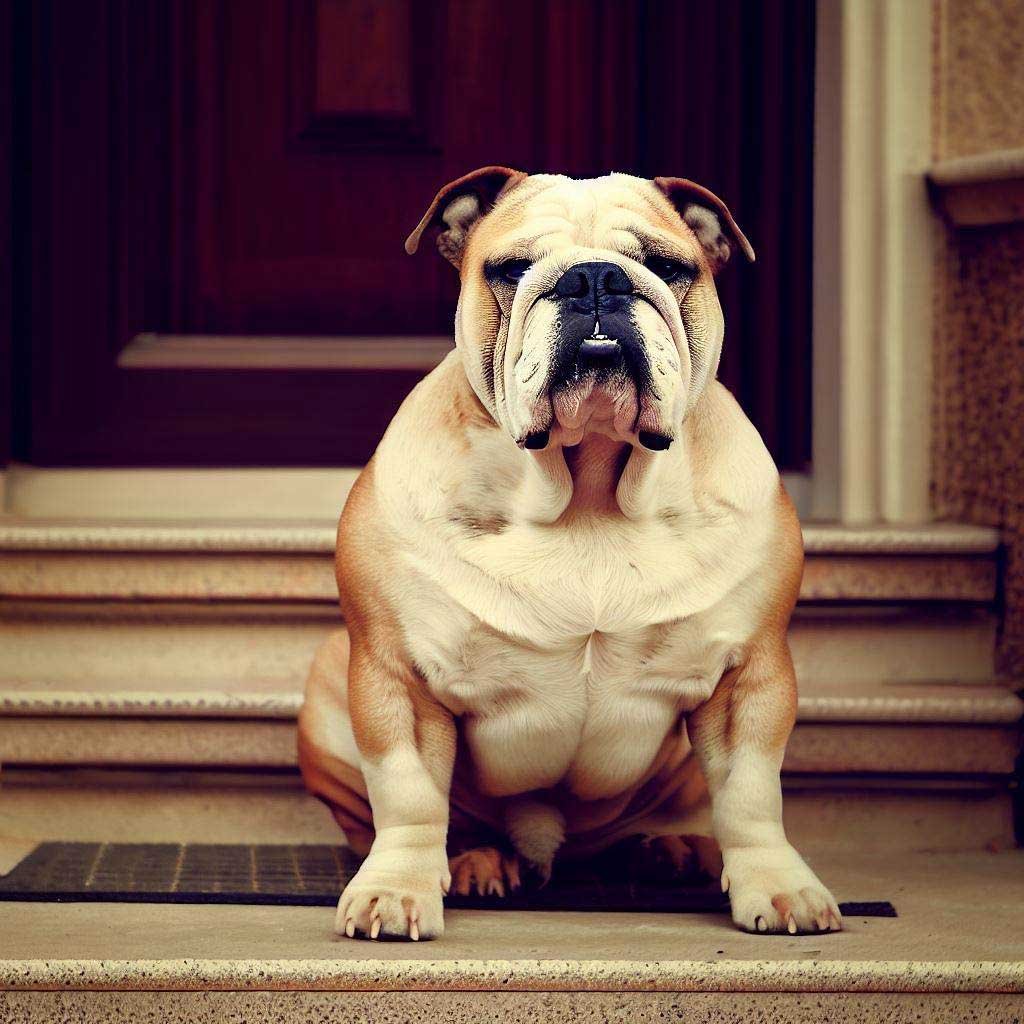
Maintenance and Upkeep Costs
When considering the different types of dog breeds, it’s important not to overlook the crucial aspect of maintenance and upkeep costs. Every breed comes with its own set of costs that go beyond the initial purchase price. Whether it’s a small, medium, or large breed, maintenance costs can fluctuate greatly.
Small dog breeds like the Chihuahua or Pomeranian often have lower food costs due to their size but can require regular grooming, especially for long-haired varieties. Similarly, medium breeds like the Cocker Spaniel may have moderate food and grooming costs but could incur higher medical expenses due to breed-specific health issues.
Large dog breeds like the Great Dane or Saint Bernard are known for their hefty appetites which can increase monthly food expenses. Additionally, they may need more space to roam, possibly leading to higher housing costs if you need a larger yard or home.
Furthermore, factors such as coat type, energy level, and breed-specific health risks contribute to variable costs for grooming, exercise needs, and veterinary care. Therefore, when researching different types of dog breeds, it’s essential to consider the maintenance and upkeep costs that will accompany your choice.
Initial Purchase Cost
The initial purchase cost is an essential factor when considering the different types of dog breeds for your next pet. The purchase price varies greatly, depending on the breed, pedigree, and where you’re acquiring the dog from.
For example, small breeds like the French Bulldog can surprisingly be one of the most expensive, with prices often ranging from $1,500 to $3,000 for a puppy due to their popularity and breeding difficulties. Mid-size breeds like the Golden Retriever, one of the most popular family dogs, can cost between $500 to $2,000, depending on lineage and breeder reputation.
When we consider large breeds, an English Bulldog’s price often falls in the range of $1,500 to $4,000, influenced by factors like pedigree, coat color, and breeder reputation.
It’s important to remember that while the initial cost can be high for certain breeds, it is just the start of the financial responsibility of dog ownership. Alongside the initial purchase cost of the different types of dog breeds, prospective owners should also factor other costs as well. For example; cost of vaccinations, microchipping, spaying/neutering, and other initial veterinary costs. Always make sure to consider these factors when budgeting for a new pet.
Different Temperaments: Why You Need to Get it Right
Understanding the different types of dog breed temperaments is paramount when selecting the right pet for you or your family. Temperament refers to a dog’s general attitude towards people and other animals, and it can greatly influence your experience as a pet owner.
Friendly
Different types of dog breeds are known for varying temperaments. For instance, breeds like Labrador Retrievers and Golden Retrievers are renowned for their friendly and outgoing nature, making them excellent choices for families. They’re generally easygoing, eager to please, and get along well with children and other pets.
Intelligent
On the other hand, breeds like the Border Collie and Poodle are recognized for their high intelligence and alertness. They are quick learners, but they also require mental stimulation and physical exercise to prevent boredom and destructive behavior.
Protective
Breeds like the Akita or the Rottweiler are known for their protective nature. They are loyal to their families but may require careful socialization to ensure they don’t become overly protective or aggressive.
Big Personality
Smaller breeds like the Yorkshire Terrier or the Chihuahua often have big personalities. They can be feisty, energetic, and sometimes quite vocal. However, their small size makes them suitable for apartment living.
Choosing the right temperament to fit your lifestyle is crucial. Active individuals or families might enjoy the company of high-energy breeds like the Australian Shepherd or the Siberian Husky. On the other hand, those with a more relaxed lifestyle or living in smaller spaces might prefer breeds like the Basset Hound or the Shih Tzu, known for their more laid-back nature.
Influences
An important factor to remember is that a dog’s temperament can be influenced by their upbringing and socialization. Early exposure to different environments, people, and other animals can contribute to a dog’s behavior as they grow.
Ultimately, understanding the temperament of different types of dog breeds will ensure a more harmonious relationship between you and your pet.
It is vital to choose a breed that matches your lifestyle, your living situation, and your ability to meet the dog’s needs. Compatibility in these areas will not only ensure the well-being of your pet but also enhance the joy of pet ownership for many years to come.
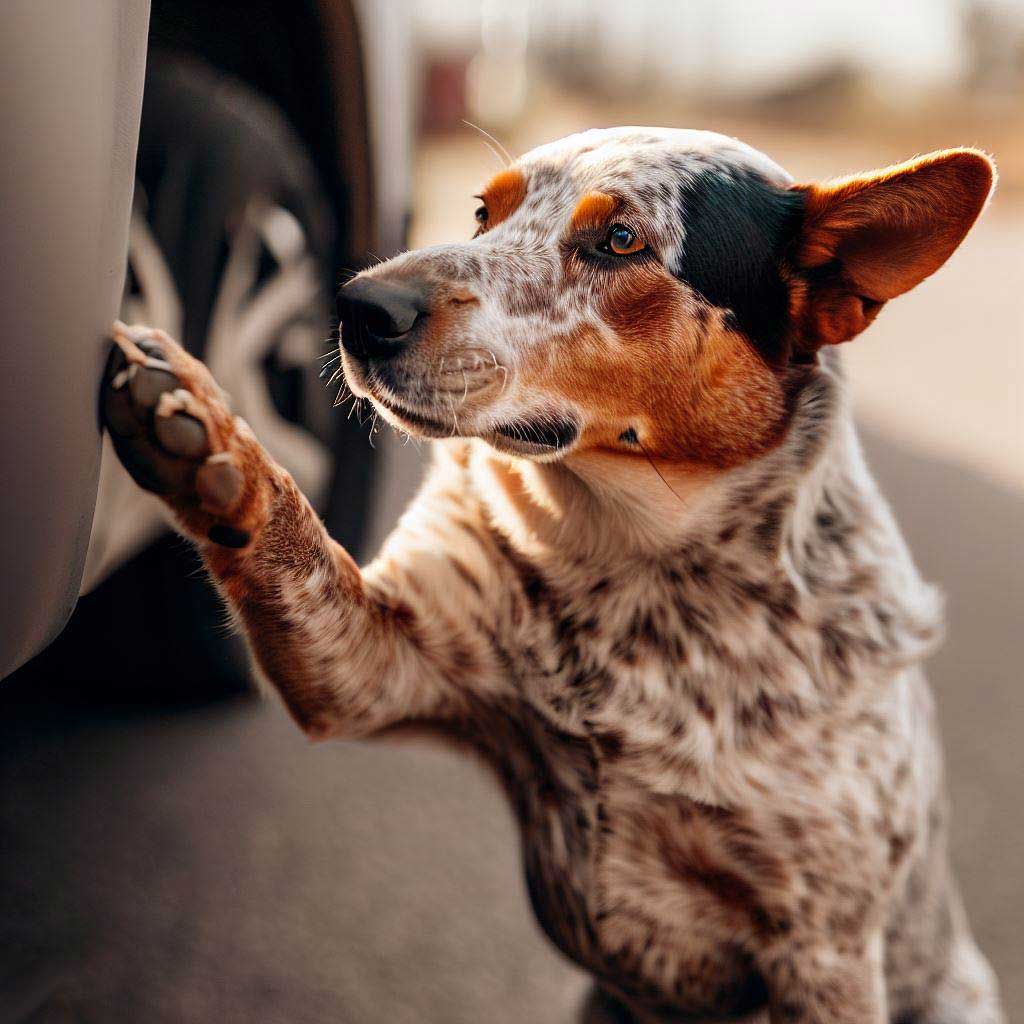
Best Dog Breeds for Different Needs
Choosing the right pet from the different types of dog breeds can be a rewarding journey, tailored to your specific needs and lifestyle. While all dogs can provide companionship and unconditional love, certain breeds excel in specific environments and roles. Whether you’re looking for a playful and energetic companion for your children, a patient and adaptable family pet, or a calm and low-maintenance companion for your grand parents, understanding the inherent characteristics of various breeds can help you make an informed choice.
Best Dog Breeds for Kids
Among the different types of dog breeds, Beagles and Boxers are superb choices for households with kids. Beagles, known for their friendly and outgoing personality, bond well with children and enjoy playtime. Boxers, despite their powerful build, are gentle and protective, making them not only a playmate but also a guardian for your children.
Best Dog Breeds for Families
When considering different types of dog breeds for families, Golden Retrievers and Labradors often top the list. Golden Retrievers are incredibly patient and intelligent, making them easy to train and adapt to family routines. Labradors, loved for their even temperament and friendliness, are versatile pets that can accompany you on outdoor adventures or relax quietly at home, adjusting well to family life.
Best Dog Breeds for Older Folk
Different types of dog breeds cater to the needs of our older generation, providing companionship and comfort. French Bulldogs, with their manageable size and charming personality, require less physical activity, making them ideal for a relaxed lifestyle. Similarly, Cavalier King Charles Spaniels, known for their affectionate nature and adaptability, can comfortably coexist with older owners, providing comfort and company.
Dog Breeds to Avoid and Why
While all dogs can make wonderful pets, it’s crucial to understand that some types of dog breeds might not be suitable for everyone, depending on your lifestyle, environment, and specific needs.
For example, some breeds are not ideal for families with small children. Alaskan Malamutes and Siberian Huskies, while beautiful and intelligent, are known for their independent and sometimes stubborn nature, which might pose a challenge for first-time owners or families with young children.
Similarly, Chihuahuas, despite their small size, can be quite temperamental and might not tolerate the unpredictable behavior of small children.
Busy individuals
Busy individuals or those living in small apartments should consider avoiding high-energy breeds like Border Collies or Australian Shepherds. These breeds thrive on physical activity and mental stimulation, and confinement in a small space can lead to behavioral issues like excessive barking, chewing, or even anxiety.
Breeds like the Bulldog or Pug, known for their cute, squashed faces, can be prone to health issues like breathing difficulties and overheating due to their brachycephalic (short-nosed) nature. Prospective owners should be prepared for potential high veterinary bills and the need for careful monitoring in warm weather.
Wary of strangers
Breeds such as the Akita or Chow Chow can be wary of strangers and require early socialization and consistent training. If not properly trained, their protective nature can potentially become problematic.
It’s important to note that individual dog behavior can vary widely within a breed due to factors like socialization, training, and genetics.
While this section lists certain breeds to potentially avoid, it doesn’t mean that these breeds are ‘bad’ dogs. Rather, they may just require an owner who understands their specific needs and is ready to cater to them.
In choosing a dog from the different types of dog breeds available, understanding your lifestyle, capacity to provide care, and what you’re looking for in a pet is key.
Remember, a dog is a long-term commitment and careful selection will help ensure a positive experience for both you and your future furry friend.
Training Different Breeds
Training is an integral part of dog ownership and it varies among the different types of dog breeds, each having unique characteristics, intelligence levels, and tendencies that can influence their trainability.
Breeds such as Border Collies and Poodles, known for their high intelligence and eagerness to please, tend to be easier to train. These breeds often excel in obedience and agility competitions due to their quick learning and adaptability.
On the other hand, breeds like the Bulldog or the Basset Hound are often regarded as more stubborn, which can make training more challenging. Patience and consistency are key with these breeds, and training sessions are often more successful when they’re short, varied, and include plenty of positive reinforcement.
Working breeds
Working breeds like German Shepherds, Labrador Retrievers, and Belgian Malinois are bred to take directions and complete tasks, making them highly trainable. However, they also require significant mental stimulation and physical exercise, so their training should incorporate these elements.
Small breeds
Small breeds such as the Chihuahua or Dachshund can also be challenging to train, particularly when it comes to housebreaking. However, with consistent, positive reinforcement-based training, they can learn quickly.
It’s important to remember that even within breeds, individual dogs can vary significantly. What’s most important is to approach training with patience, consistency, and positivity. Understanding your dog’s motivations (like food or toys) can also help make training more effective.
In conclusion, training different types of dog breeds requires an understanding of their inherent characteristics and needs. Always consider a breed’s typical traits, but remember that every dog is an individual. Tailoring your training to your dog’s unique personality will lead to the best outcome.
Whether you’re training a stubborn Bulldog or an eager-to-please Border Collie, remember that the end goal is to enhance your bond with your pet and create a harmonious living environment.
Top 30 Most Popular Dog Breed Comparison
To give you more guidance we’ve created a table to summarise key information ofr the 30 most popular dog breeds.
Download the PDF HERE for the 30 Most Popular Dog Breeds list (PDF 417KB).
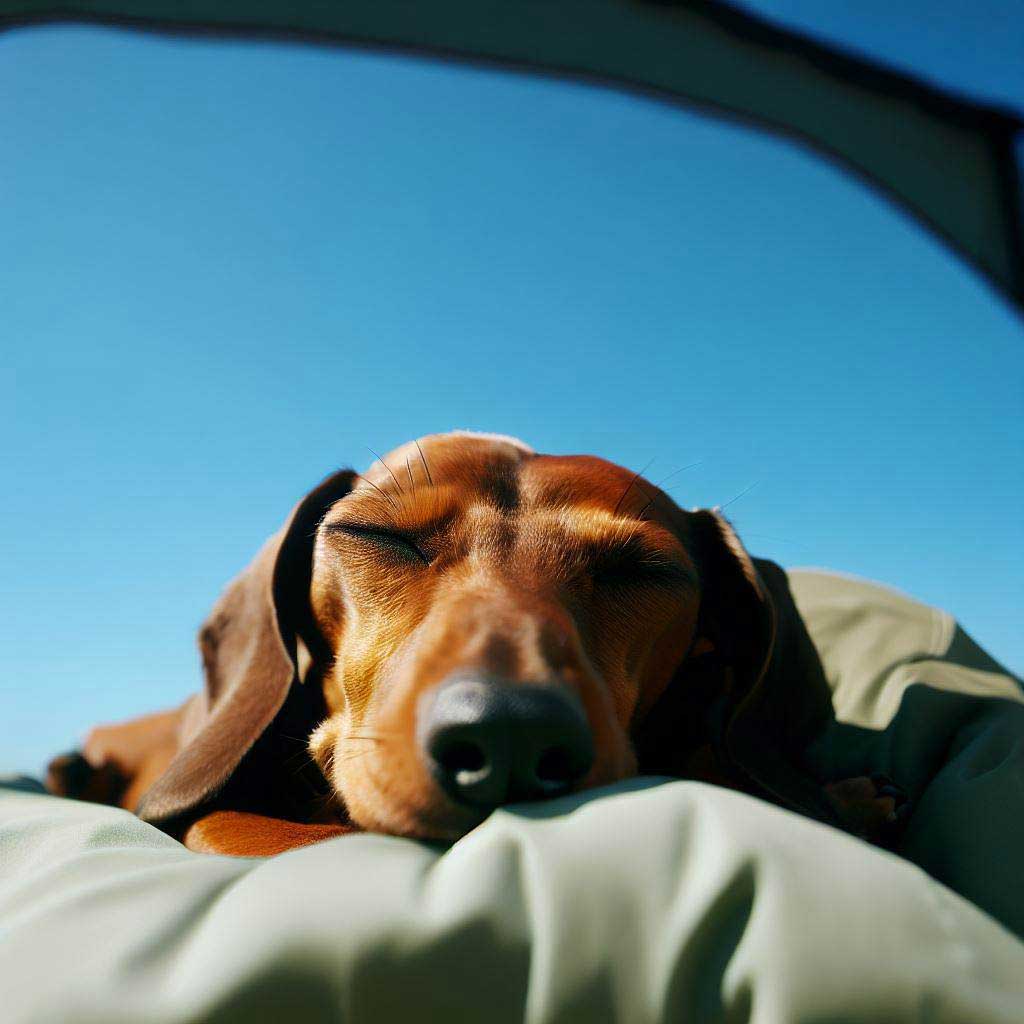
Conclusion
In conclusion, there is a lot to consider when choosing the right dog breed. From understanding the different dog breed types, their sizes, hair length, strengths and weaknesses, to considering maintenance and initial costs, it’s essential to find a breed that aligns with your lifestyle and preferences.
Remember, a dog isn’t just a pet – they’re a commitment, a friend, and a family member. So take your time to make this important decision and prepare to enjoy the beautiful journey of dog ownership.
Frequently Asked Questions (FAQs): Different Types of Dog Breeds
What factors should I consider when choosing among different types of dog breeds?
Factors to consider include the dog’s size, energy level, temperament, and care needs (including grooming and health considerations).
You should also consider your lifestyle, living situation, and what you’re looking for in a pet. For instance, a Border Collie may thrive in an active home, while a Bulldog may be more suited to a laid-back lifestyle.
What are some of the most popular small, medium, and large dog breeds?
Among small breeds, the French Bulldog, Beagle, and Dachshund are popular. Medium breeds often favored are Border Collies and English Bulldogs. For large breeds, the Labrador Retriever, German Shepherd, and Golden Retriever are common choices among the different types of dog breeds.
How do I decide between a short hair or long hair dog breed?
This often depends on your grooming commitment. Short hair breeds like Dalmatians require less grooming but may shed more. Long hair breeds like the Shih Tzu require regular brushing to avoid matting but typically shed less.
What breeds are considered best for families or children?
Breeds known for their patience, adaptability, and love for children include Golden Retrievers, Labradors, and Beagles. However, always supervise interactions between dogs and young children.
Which dog breeds are recommended for older folk?
French Bulldogs and Cavalier King Charles Spaniels are popular for older owners due to their manageable size, low exercise requirements, and calm temperament.
Are some dog breeds better suited to apartment living?
Yes, breeds like the Bichon Frise, Shih Tzu, and French Bulldog typically adapt well to apartment living due to their smaller size and lower exercise needs.
Which dog breeds are known to be easier to train?
Breeds like the Border Collie, Poodle, and Labrador Retriever are known for their intelligence and eagerness to learn, making them relatively easier to train.
What dog breeds are commonly avoided, and why?
Some breeds like the Siberian Husky or Alaskan Malamute can be challenging for first-time owners due to their high energy levels and independent nature. Others, like Bulldogs, may have health concerns that prospective owners should be aware of.
Are there significant differences in maintenance and upkeep costs between dog breeds?
Yes, different breeds have varying grooming, feeding, and healthcare needs which can impact their upkeep cost. Larger breeds generally have higher feeding costs, while breeds prone to health issues may have higher veterinary costs.
Does the initial purchase cost vary among different types of dog breeds?
Yes, the initial purchase cost can vary significantly. Purebred dogs from reputable breeders tend to be more expensive. For example, a French Bulldog puppy might cost $2000-$3000, while a Labrador Retriever might cost $800-$1200. Adoption from a rescue or shelter is a cost-effective and rewarding option.
What are the different types of dogs?
Different types of dog breeds vary widely in terms of size, appearance, temperament, and purpose. They can be categorized into groups such as working dogs, toy breeds, sporting dogs, herding dogs, and more. Each group represents unique characteristics and traits that make them suitable for different roles and lifestyles.
What are some examples of small dog breeds?
Some examples of small dog breeds include the Dachshund, Yorkshire Terrier, Pomeranian, Chihuahua, and Shih Tzu. These breeds are typically under 20 pounds and are often favored for their adaptability to apartment living and their charming personalities.
What are the 10 most famous dog breeds?
The 10 most famous dog breeds often include the Labrador Retriever, German Shepherd, Golden Retriever, Bulldog, Beagle, Poodle, Rottweiler, Yorkshire Terrier, Boxer, and Dachshund. These breeds are renowned for their distinctive appearances, temperaments, and popularity among dog owners.
What are the 7 main types of dogs?
The 7 main types of dogs can be categorized into groups such as Working, Sporting, Non-Sporting, Herding, Toy, Terrier, and Hound. Each group consists of breeds that share common characteristics or functions, such as herding livestock, hunting, companionship, or protection.
Is the German Shepherd a good guard dog?
Yes, the German Shepherd is an exceptional guard dog. Known for its intelligence, loyalty, courage, and strong protective instincts, German Shepherds are often used in police work and security. They form strong bonds with their handlers and are highly trainable.
Is a terrier good for dog sports?
Terriers are indeed excellent for dog sports. They are energetic, agile, and intelligent, often excelling in activities like agility, obedience, and earthdog trials. Their determination and lively spirit make them competitive and fun to train.
What are the top 5 most popular breeds of dogs?
The top 5 most popular dog breeds often vary by region, but commonly include the Labrador Retriever, German Shepherd, Golden Retriever, Bulldog, and Beagle. These breeds are loved for their friendly nature, intelligence, and versatility in various roles and families.
What are the 4 categories of dogs?
The four general categories of dogs include Working Dogs, Companion Dogs, Sporting Dogs, and Hunting Dogs. These categories broadly encompass the functions and characteristics of different breeds, from assisting humans in work to providing companionship and engaging in specific sports or hunts.
What are the main dog breed groups?
The main dog breed groups typically include Working, Sporting, Non-Sporting, Herding, Toy, Terrier, and Hound. These groups classify breeds based on their original purposes, physical characteristics, and temperaments, helping potential owners choose the right breed for their lifestyle.
Why are dogs one of the best animals for pets?
Dogs are considered one of the best animals for pets due to their loyalty, companionship, and ability to bond with humans. They offer unconditional love, provide emotional support, and often adapt well to family life. Additionally, they can be trained for various roles and activities, making them versatile companions.
What are the 7 types of dog breeds for families?
The 7 types of dog breeds often recommended for families include the Labrador Retriever, Golden Retriever, Beagle, Boxer, Bichon Frise, Cavalier King Charles Spaniel, and Poodle. These breeds are known for their gentle nature, patience, adaptability, and often form strong bonds with children and adults alike.
Is a Golden Retriever a good support dog?
Yes, a Golden Retriever is an excellent support dog. Known for its gentle disposition, intelligence, and trainability, Golden Retrievers are often used as therapy and service dogs. They provide emotional support, assist with physical disabilities, and connect well with people of all ages.
What is the lifespan of a terrier?
The lifespan of a terrier varies between breeds but generally ranges from 12 to 15 years. Factors such as genetics, diet, exercise, and overall care can influence a terrier’s longevity. Regular veterinary check-ups and a healthy lifestyle contribute to a longer life.
What type of characteristics are sought after for a dog club?
For a dog club, characteristics such as breed purity, temperament, physical appearance, and adherence to breed standards might be sought after. Additionally, aspects like training, socialization, health, and ethical breeding practices are often emphasized. Each club may have specific criteria based on the breed or purpose of the club.
What is the most active American dog club?
The American Kennel Club (AKC) is one of the most active and recognized dog clubs in the United States. It oversees numerous events, shows, and competitions and provides resources for dog owners, breeders, and trainers, promoting responsible dog ownership and breed standards.
What type of issues does a French Bulldog have?
French Bulldogs are prone to certain health issues, including breathing difficulties due to their brachycephalic (flat-faced) nature, hip dysplasia, and certain skin conditions. Proper care, regular veterinary check-ups, and understanding of the breed’s specific needs can help manage or prevent these issues.
What is the best training for all types of dogs?
The best training for all types of dogs often involves positive reinforcement techniques, understanding individual breed characteristics, and consistent, patient guidance. Tailoring the training to the dog’s temperament, age, and specific needs helps ensure success and a positive relationship between owner and pet.
Are supplements and therapeutic exercises good for hounds?
Yes, supplements and therapeutic exercises can be beneficial for a hound or dog, just like all dog breeds. They might be recommended to enhance the nutritional balance or help in managing specific health conditions.
Therapeutic exercises, designed by a canine physiotherapist, can help in rehabilitation, improve flexibility, and maintain overall wellness. Always consult with your veterinarian before introducing supplements or exercises to ensure they are suitable for your hound’s particular needs.
Do all dog breeds need vaccination?
Yes, every dog breed requires vaccinations to protect them from dangerous and sometimes deadly diseases. The core vaccines, including those for rabies, parvovirus, distemper, and canine hepatitis, are generally recommended for every dog.
The specific vaccines and schedules may vary based on the dog’s age, health, lifestyle, and regional risks. Consult your veterinarian to create a vaccination plan tailored to your dog’s individual needs.
What type of breed is an Afghan?
The Afghan Hound is a breed known for its elegance and aristocratic appearance. Characterized by a refined and dignified demeanor, the Afghan Hound has a thick, silky coat and a topknot of hair. Originally bred for hunting large game in the mountainous regions of Afghanistan, they are a combination of both grace and strength. This breed can be aloof but is often affectionate with its family and a great dog to own.
Are dogs cross-bred for a reason?
Yes, dogs are often cross-bred for specific reasons. Cross-breeding may aim to combine the desirable traits of two or more breeds, such as appearance, temperament, intelligence, or health. But it can also be used to create a working dog with the skills needed for particular tasks, like herding or hunting. Additionally, cross-breeding might be done to reduce the risk of inherited health problems found in some purebred lines.
Compare breed and temperament with terriers and hounds:
Terriers and hounds are two distinct types of dog breeds with different characteristics and temperaments.
- Terriers: Terriers are known for their energetic and feisty nature. Originally bred to hunt and dig out vermin, they tend to be fearless, alert, and intelligent. They often require consistent training and can be a of bit a stubborn dog at times.
- Hounds: Hounds are more varied, including breeds bred for hunting by scent (like Bloodhounds) or sight (like Greyhounds). Generally, they are known for their keen sense of smell or sight, stamina, and often a more laid-back temperament compared to terriers.
The right choice between a terrier and a hound dog for a pet depends on your lifestyle, living environment, and what you are looking for in a canine. Our advice is to consult with breed experts to find the one that fits your situation best.
List all the different terrier breeds
- Airedale Terrier
- American Hairless Terrier
- American Pit Bull Terrier
- American Staffordshire Terrier
- Australian Terrier
- Bedlington Terrier
- Border Terrier
- Bull Terrier
- Cairn Terrier
- Cesky Terrier
- Dandie Dinmont Terrier
- Glen of Imaal Terrier
- Irish Terrier
- Jack Russell Terrier
- Kerry Blue Terrier
- Lakeland Terrier
- Manchester Terrier
- Miniature Bull Terrier
- Miniature Schnauzer
- Norfolk Terrier
- Norwich Terrier
- Parson Russell Terrier
- Rat Terrier
- Scottish Terrier
- Sealyham Terrier
- Silky Terrier
- Skye Terrier
- Smooth Fox Terrier
- Staffordshire Bull Terrier
- Welsh Terrier
- West Highland White Terrier
- Wire Fox Terrier
- Yorkshire Terrier
List all the different types hounds
Hounds are one of the most diverse groups of dogs, and they can be divided into two main categories: sight hounds (those who hunt primarily by sight) and scent hounds (those who hunt primarily by smell). Here’s a list of various hound breeds:
Sight Hounds
1. Afghan Hound
2. Azawakh
3. Borzoi (Russian Wolfhound)
4. Greyhound
5. Irish Wolfhound
6. Italian Greyhound
7. Saluki
8. Scottish Deerhound
9. Sloughi
10. Whippet
Scent Hounds
1. Basset Hound
2. Beagle
3. Black and Tan Coonhound
4. Bloodhound
5. Bluetick Coonhound
6. Coonhound
7. Dachshund
8. English Foxhound
9. Finnish Hound
10. Grand Bleu de Gascogne
11. Harrier
12. Otterhound
13. Petit Basset Griffon Vendéen
14. Plott Hound
15. Redbone Coonhound
16. Rhodesian Ridgeback
17. Treeing Walker Coonhound
These are the most commonly recognized hound breeds, but there may be other regional or less well-known breeds. Always consult with a breed expert or a trusted veterinarian to find the hound that best fits your lifestyle and needs.
List the top 100 dog breeds
Here’s a list of 100 popular dog breeds, though please note that popularity may vary by region, and some breeds might be more or less popular in specific areas:
1. Labrador Retriever
2. German Shepherd
3. Golden Retriever
4. Bulldog
5. Beagle
6. Poodle
7. Rottweiler
8. Boxer
9. Dachshund
10. Shih Tzu
11. Great Dane
12. Doberman Pinscher
13. Australian Shepherd
14. Schnauzer
15. Shetland Sheepdog
16. Basset Hound
17. Cocker Spaniel
18. Akita
19. Alaskan Malamute
20. Bloodhound
21. Boston Terrier
22. Pomeranian
23. Bullmastiff
24. Chihuahua
25. Chinese Shar-Pei
26. English Springer Spaniel
27. German Shorthaired Pointer
28. Havanese
29. Maltese
30. Mastiff
31. Newfoundland
32. Pekingese
33. Pug
34. Saint Bernard
35. Samoyed
36. Siberian Husky
37. Staffordshire Bull Terrier
38. Welsh Corgi
39. Airedale Terrier
40. American Staffordshire Terrier
41. Bichon Frise
42. Border Collie
43. Borzoi
44. Brittany
45. Cairn Terrier
46. Cavalier King Charles Spaniel
47. Chesapeake Bay Retriever
48. Chow Chow
49. Collie
50. Coonhound
51. Coton de Tulear
52. Curly-Coated Retriever
53. Dalmatian
54. Dingo
55. Finnish Lapphund
56. Flat-Coated Retriever
57. Greyhound
58. Harrier
59. Irish Setter
60. Irish Wolfhound
61. Italian Greyhound
62. Jack Russell Terrier
63. Japanese Chin
64. Keeshond
65. Kerry Blue Terrier
66. King Charles Spaniel
67. Kuvasz
68. Lhasa Apso
69. Löwchen
70. Manchester Terrier
71. Mexican Hairless Dog
72. Miniature Bull Terrier
73. Neapolitan Mastiff
74. Norwegian Buhund
75. Norwich Terrier
76. Nova Scotia Duck Tolling Retriever
77. Old English Sheepdog
78. Papillon
79. Pointer
80. Portuguese Water Dog
81. Rat Terrier
82. Redbone Coonhound
83. Rhodesian Ridgeback
84. Rottweiler
85. Saluki
86. Scottish Deerhound
87. Scottish Terrier
88. Sealyham Terrier
89. Shiba Inu
90. Silky Terrier
91. Skye Terrier
92. Sloughi
93. Soft Coated Wheaten Terrier
94. Spinone Italiano
95. Tibetan Mastiff
96. Tibetan Spaniel
97. Toy Fox Terrier
98. Vizsla
99. Weimaraner
100. Whippet
